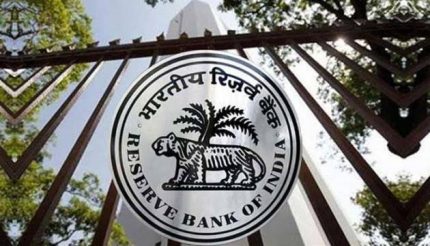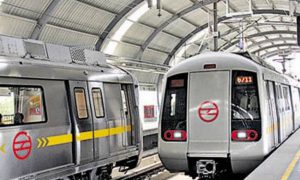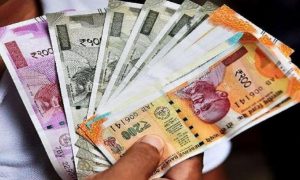The Reserve Bank of India has made a strong case for structural reforms arguing that the future path of growth would be conditioned by addressing supply-side bottlenecks, calibrating monetary policy to bring down inflation and boosting capital spending.
In its annual report, the Reserve Bank on Friday said they are essential for sustained, balanced and inclusive growth, and also to deal with the after-effects of the pandemic.
Undertaking structural reforms to improve India’s medium-term growth potential holds the key to secure sustained, balanced and inclusive growth, especially by helping workers adapt to the after-effects of the pandemic by reskilling and enabling them to adopt new technologies for raising productivity,” it said in the chapter on ‘Assessment and Prospects’.
The escalation of geopolitical tensions into war from late February 2022 has delivered a brutal blow to the world economy, battered as it has been through 2021 by multiple waves of the pandemic, supply chain and logistics disruptions, elevated inflation and bouts of financial market turbulence, triggered by diverging paths of monetary policy normalisation, it added.
The immediate impact of geopolitical aftershocks is on inflation, with close to three-fourths of the consumer price index at risk. The elevation in international prices of crude, metals and fertilisers has translated into a term of trade shock that has widened trade and current account deficits,” the report said.
High-frequency indicators already point to some loss of momentum in the recovery that has been gaining traction from the second quarter of 2021-22, with 86.8 per cent of the adult population fully vaccinated and 3.5 per cent having received booster doses.
The inflation trajectory going forward is subject to considerable uncertainty and would primarily depend on the evolving geopolitical situation,” the report said.
The RBI further said supply-side policy interventions such as removing customs duty on import of raw cotton, prohibiting wheat exports, reducing road and infrastructure cess (RIC) on petrol by Rs 8 per litre and diesel by Rs 6 per litre, increasing exports duty on certain steel products, reducing imports duty on certain raw materials for steel and plastic manufacturing, restricting sugar exports, removing customs duty and agriculture infrastructure and development cess (AIDC) on import of 20 lakh tonnes of crude sunflower oil and crude soybean oil and other measures as may be taken could, however, provide some offset.
Read More:-Buy your own house with lowest interest rates – Compare home loan rates now!
“A faster resolution of the geopolitical conflict and no further severe COVID-19 waves could subdue and even reverse these pressures and help contain core inflation,” it added.
In recognition of the knock-on effects from geopolitical spillovers, the RBI’s Monetary Policy Committee had revised downwards real GDP growth for 2022-23 to 7.2 per cent in its April resolution – a decline of 60 basis points from its pre-war projection, mainly due to higher oil prices weighing on private consumption and higher imports reducing net exports.
Inflation was projected 120 basis points higher at 5.7 per cent in April 2022.





































